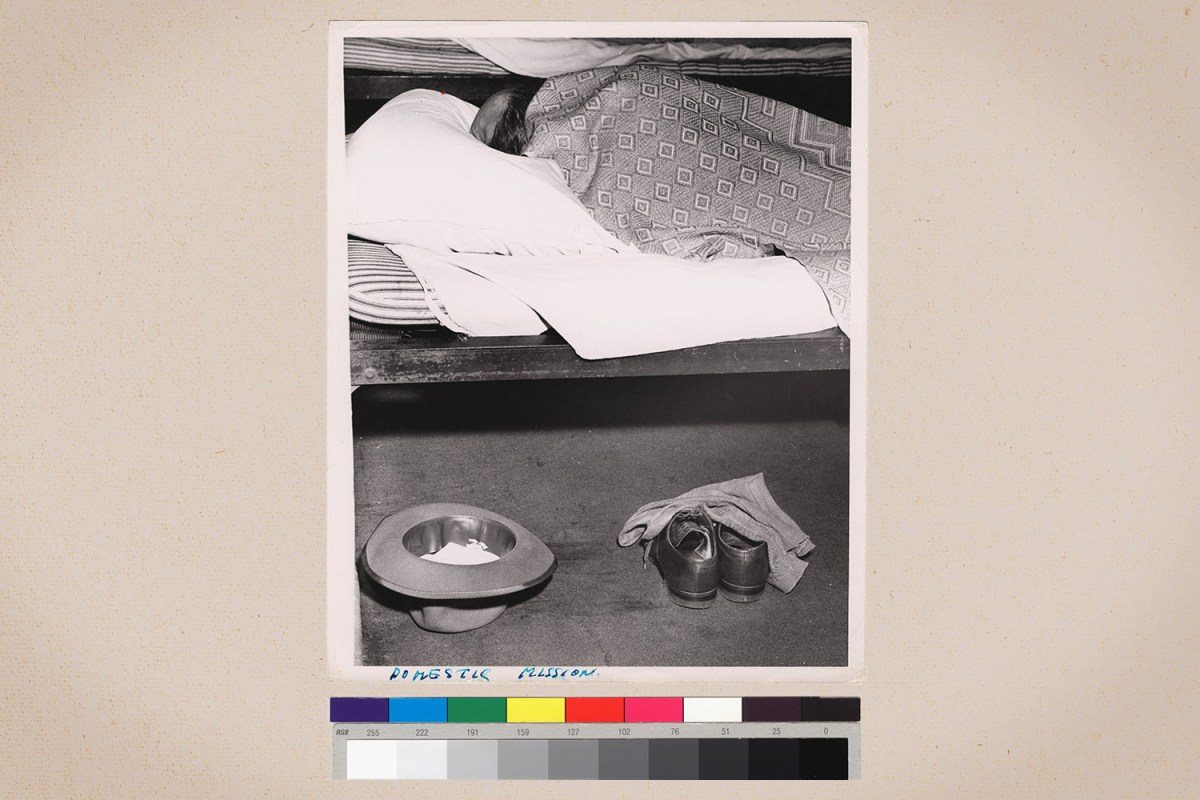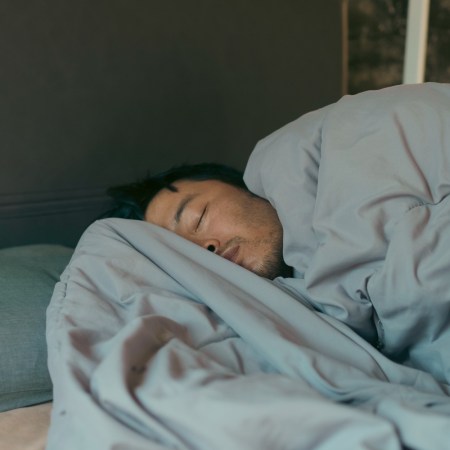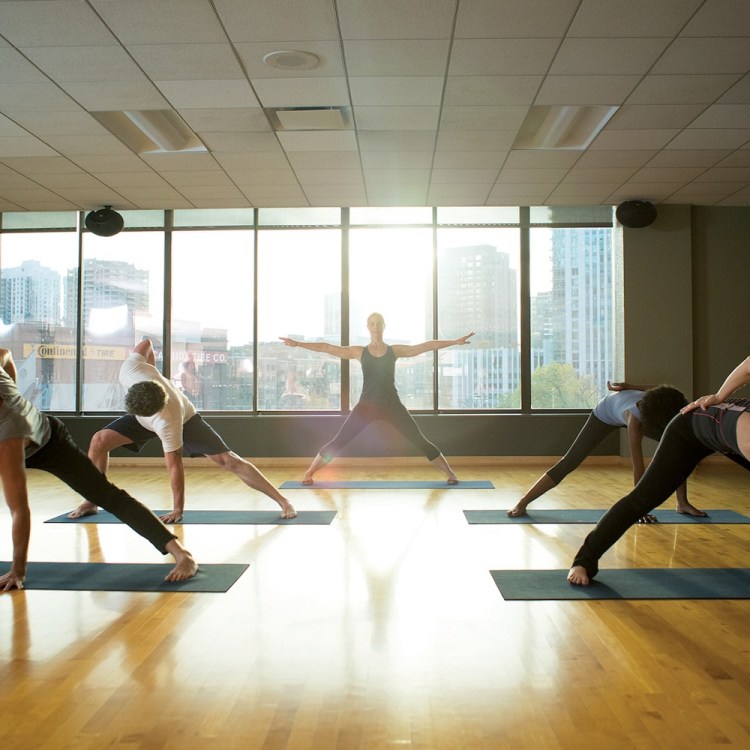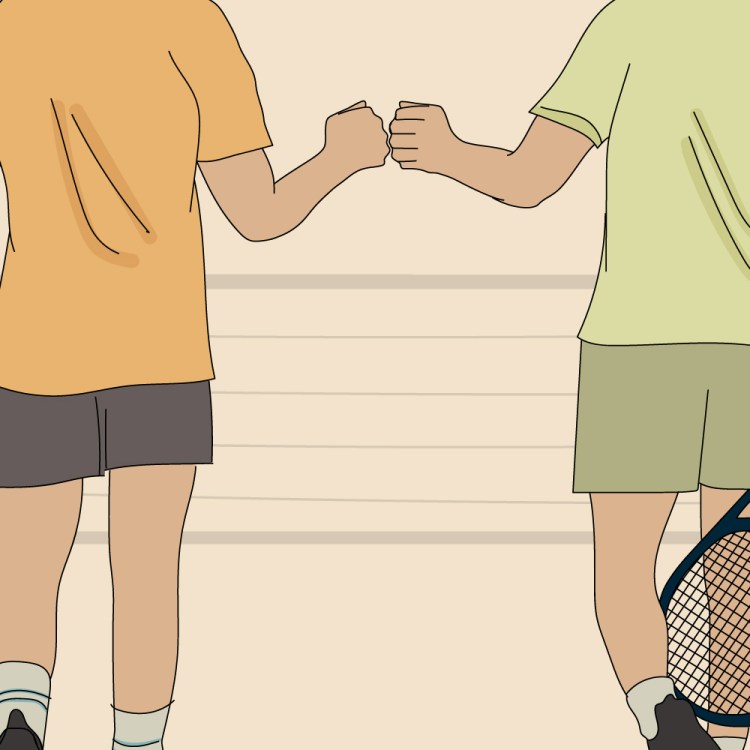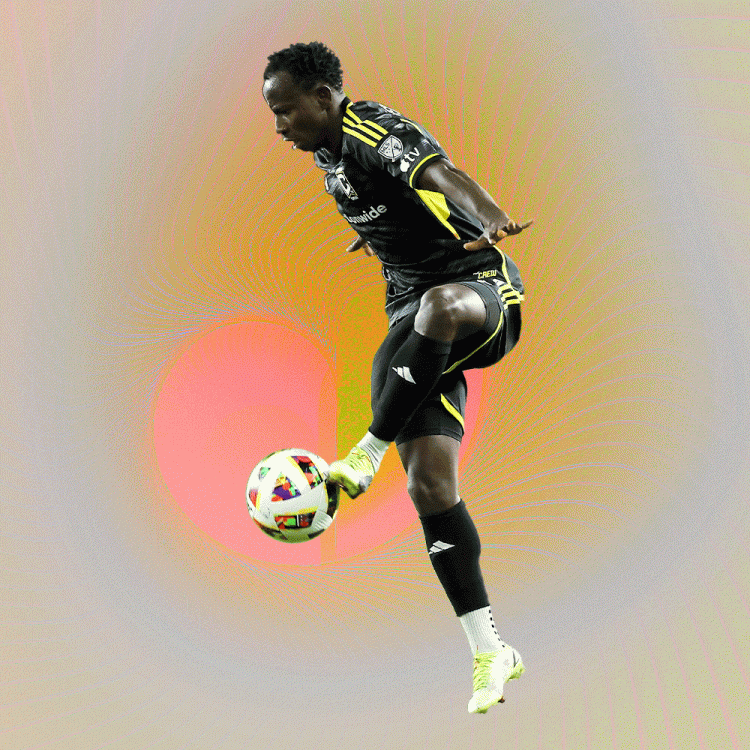These are my favorite “sleep world records” ever recorded:
- The loudest snore ever recorded belongs to British woman Jenny Chapman, who reportedly registered a preposterous 111 decibels. That’s as loud “as a low-flying jet.”
- The longest dream ever recorded belongs to Seattle’s David Powell, who remained in REM sleep for an unheard-of three hours and eight minutes. Dreams usually top out at a half hour.
- And the quickest time for “falling asleep as a live performance” belongs to Cory Calkin, who conked out at a fundraiser for The Michael J. Fox Foundation in New York City, back in 2011. Calkin fell asleep in 17 minutes and 50 seconds, despite his friends playing a powerpoint for the amused audience that explained in detail why he wouldn’t be able to do it.
Each one of these records is impressive, in a uniquely stupid way, but I’m most impressed by the third. As someone who sometimes struggles with insomnia, and has long taken steps to guarantee quality, consistent sleep, the concept of managing to fall asleep on a stage is unthinkable. I put enough pressure on my sleep without having to perform it for other people.
Whenever my sleep is impacted by one of life’s typical diversions — a heatwave, a time change, a night in a different bed — my “sleep latency” generally takes a hit in kind. It’s an underrated, yet dead-simple metric that refers to how long, on average, it takes you to fall asleep. According to my WHOOP data, I average 12 minutes.
That’s actually right where you want to be. A typical sleep latency falls between 10 and 20 minutes. I’d like mine to be a bit quicker, if possible. After all: the sooner you fall asleep, the sooner your very first non-rapid eye movement (NREM) sleep cycle starts, which guarantees you’ll spend some time in rapid eye movement sleep (REM). And that’s the deepest and most restorative stage of sleep, where all the good stuff happens — your brain files away important memories, eases the soreness in your limbs and gives your immune system a much-needed boost, among other magical benefits.
If you’re lying there for longer than usual, and unable to cash in on a quick sleep latency (or even worse, lying there for hours on end, courtesy of some unexpected insomnia), REM sleep is hard to come by. The body and brain eventually barter for whatever version of sleep they can get.
So. Does that mean the greatest sleep latency of all would be under 10 minutes? Under five? Mere seconds after your head hits the pillow? Not exactly. We’ve all fallen asleep at the snap of a finger. That’s why the only known sleep latency “record” required a goofy, added component, in the form of a live audience. A fifteen-second sleep latency, efficient as it may be, is often a symptom of sleep debt. After a long workweek, an international flight, or too many nights of partying, on-demand sleep is your body’s way of saying “f*ckin’ finally!”
It’s a clutch failsafe, which catalyzes a process known as “REM rebound” — an all-hands-on-deck sleep, meant to get you back on schedule. But that sort of seesaw isn’t sustainable; ideally, your sleep latency stays relaxed and predictable. Sleep is one area where your performance metrics should be as boring as possible.
What are your marching orders? Identify ways to lower your sleep latency to a reliable average, and then keep it there, no matter what weekly obstacles get thrown in your face. Fortunately there are an array of habits, exercises and common-sense solutions that you can adopt, in addition to a range of unhelpful behaviors you should drop like a hot potato, that will help you master this unheralded number.
Some are difficult to stick to, and some require a little more dedication at the outset than you may be used to, but the good news is that any commitment to falling asleep quickly, is going to reap rewards for every hour you stay asleep throughout the night, while sending a range of other important metrics (respiratory rate, resting heart rate, heart rate variability, blood oxygen percentage) in the right direction.
“Clean sleeping”
A few years ago, Gwyneth Paltrow began advocating for something she called “clean sleeping,” which was really just a slightly-modified synonym to “sleep hygiene,” a movement that’s been around since the 1970s. Neither term refers to going to bed in fresh sheets, believe it or not — they umbrella a series of behavioral practices and adjustments intended to give the ritual of sleep the respect it deserves.
Some examples: going to bed at the same exact time every night, sleeping in a dark/chilled/relaxing room, eliminating digital distractions like blue light-emitting smartphones or backlit e-readers from the wind-down routine, and treating the bedroom like a sanctum. That means absolutely zero working from bed, whether in the evening or the morning. Paltrow’s riff on sleep hygiene involved recommending an array of products to completely overhaul your bedroom and facilitate the “cleanest” sleep possible; you don’t have to do that, but if you find yourself struggling to fall asleep or waking up periodically due to temperature, light, or noise concerns, then fix that: fans, blackout shades, sleep masks and white noise machines aren’t difficult to come by.
As for your literal cleanliness pre-bed, I’ve always found that going to bed after a shower removes the stick of the day and allows me to relax into my sheets and doze off a little quicker. There are conflicting accounts on whether a hot shower or a cold rinse is better for attaining quick, quality sleep, so stick to your personal preference.
A word on alcohol
If you think back on nights where you have no recollection of falling asleep, they usually involve a couple beers or glasses of wine. Alcohol conveys sleep-latency superpowers, which is one reason so many get in the habit of a regular nightcap. But setting aside all the other concerns of a dependency on alcohol (however light it may be), know that the body has to work overtime to break it down while you sleep. This erases the benefits of a speedy sleep latency, and often delays or outright dispatches REM sleep entirely. (Think of those parched-throat, pre-alarm wake-ups.) Without any deep, restorative sleep — on top of fewer total hours spent asleep in general — it’s little wonder you feel like such shit the next day.
Plus, another side effect that most people don’t think about — sober REM rebounds generally involve highly intricate dreams with odd or anxiety-inducing plots. This is most pronounced after a big weekend. If you go out on Saturday and only scrap together a few hours of NREM sleep, Sunday night is going to feature a feature film’s worth of visions, and will likely highlight characters from your weekend of dubious decision-making. Then you wake up Monday, wondering what in god’s name all of that was about, staring down a full week of work. The “scaries” are scientific, people.
Go full G.I. Joe
For the most part, I firmly believe that you can improve your sleep-latency through simple solutions. You know: avoid caffeine in the afternoon, say no to late workouts or snacks before bed, try a sleep tea with one of those peppermint-chamomile blends, adopt a healthy habit like reading, journaling, or meditation. But if you really want to game the system here, you might consider bringing in the big guns.
During WWII, the United States Navy Pre-Flight School started training prospective pilots to fall asleep in two minutes or less. (A full night’s sleep is pretty critical when you’re operating a P-47 Thunderbolt in the morning.) The method is pretty simple, and it’s possible you’ve been instructed to try some variation on it in the past. You relax your entire face, relax your shoulders into the bed, rest your hands on either side of your body, release a steady stream of exhales from your chest, and then release tension of whichever muscles in the body still feel taut. Imagine a specific scene that brings you calm, and if it keeps slipping away, simply murmur the words “don’t think” over and over again.
This method worked remarkably well for the pilots of the time; within two months they were using it to fall asleep in as little as 10 seconds. It didn’t matter how many explosions they could hear mere miles away. Give it a try, and if you’re looking for more nuance on the breathing section, WHOOP specifically recommends the “4-7-8” breathing exercise for its elite athletes.
Know your limits
You just can’t obsess over stuff like this. Investing some time and effort to lowering your sleep latency — and by extension, improving your night’s sleep — will pay dividends on mood, productivity and performance in other aspects of life. I’ve experienced it firsthand. But sleep isn’t a contest, and you shouldn’t hold it against yourself if some nights don’t come as easily as you’d like. Also: you need to establish your limits. I discovered a study that argues in favor of wearing socks to bed, on the premise that warm feet “is the best physiological predictor for the rapid onset of sleep.” That’s where I tap out. No thank you. Last I checked, I’m not a serial killer.
How to track it
Obviously, it helps to have a WHOOP or an Oura Ring to access exact figures on your sleep latency. I highly recommend either service, if you’re on the fence. While you can’t exactly ask someone to stand over you with a stopwatch each night, dig into your sleep statistics via Apple Health. It’s able to track the average amount of time you spend in bed, and the average amount of time you spend asleep, which — while unable to account for normal stirs throughout the night — should compliment your anecdotal observations on whether these adjustments are paying off. One tip — check your sleep charts for your respiratory rate. The section where it rather obviously starts to drop is a decent indicator that you were done counting sheep.
Whether you’re looking to get into shape, or just get out of a funk, The Charge has got you covered. Sign up for our new wellness newsletter today.
